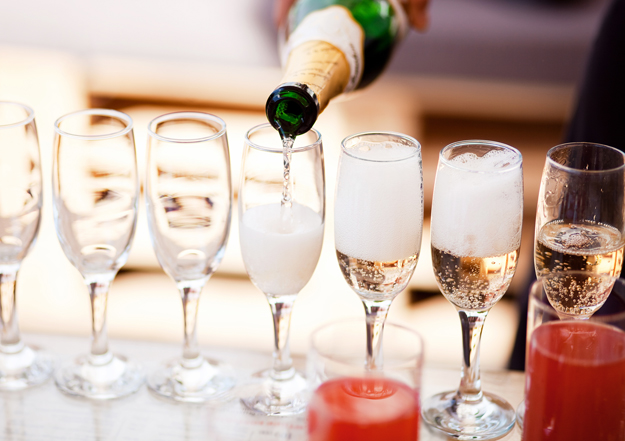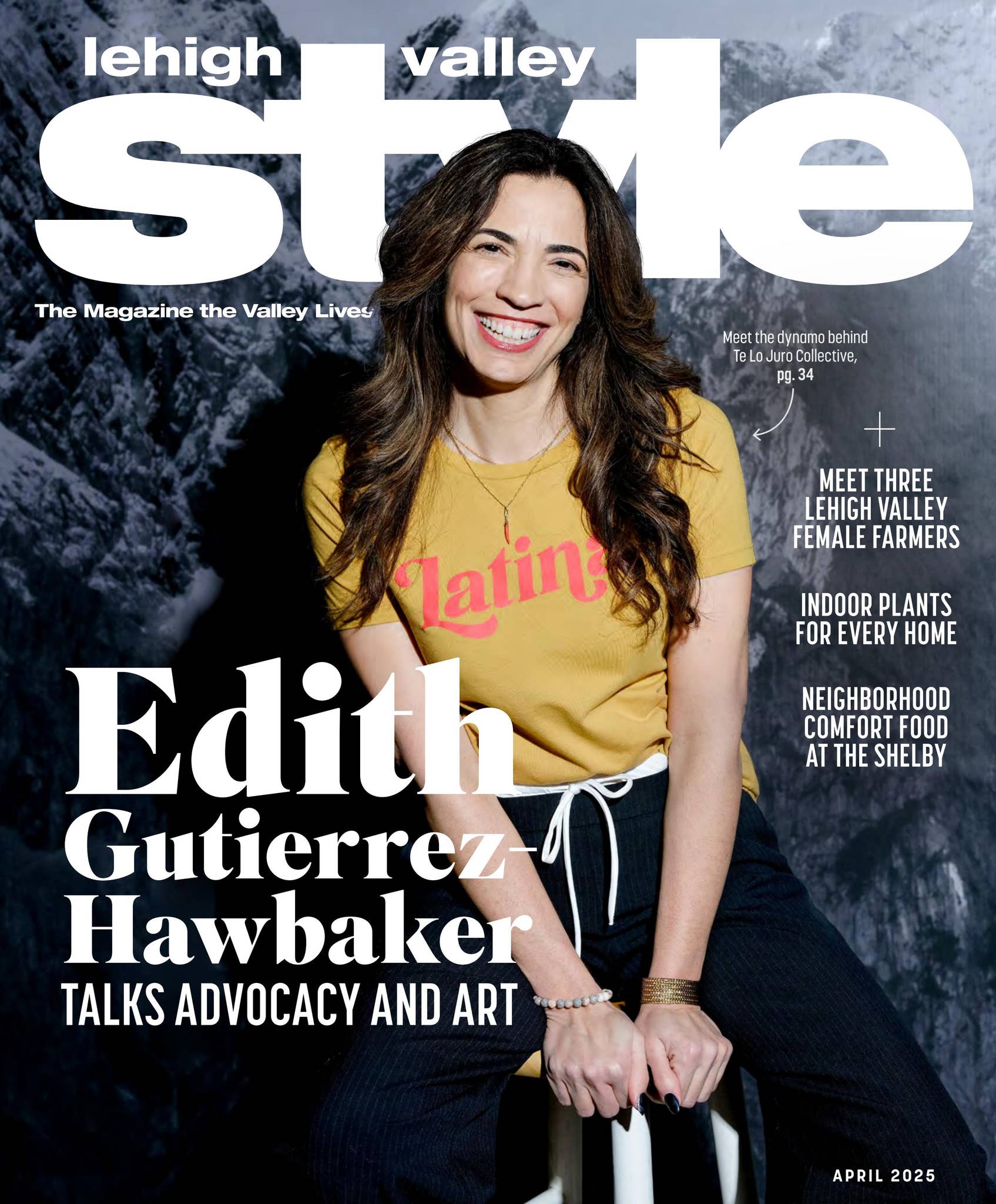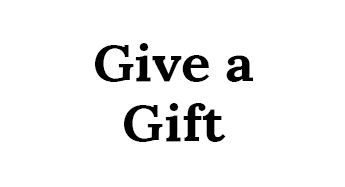
The month of November represents the official start of the holiday season. Hence, it is the perfect time to cover one of the most essential elements of celebrating: sparkling wine.
First of all, it is important to acknowledge that not all sparkling wines are “Champagne.” Notwithstanding, there is a lot to discover about sparkling wines beyond Champagne!
Champagne
The fundamentals are simple: A wine can legitimately be called Champagne only if it was produced within the delimited Champagne region in Northeastern France. Strict rules stipulate vineyard location, grapes varietals (only Pinot Noir, Chardonnay and Pinot Meunier grapes can be used), as well as viticulture and winemaking practices. The fine bubbles in a bottle of Champagne are the result of the Traditional Method: the complex process of bubble production, as well as wine maturation that take place within the bottle. These have significant consequences on the fine texture, toasty aromas and distinctive flavors of Champagne.
Noteworthy Sparkling Wines
While the special combination of climate and soil bestows a unique profile on Champagne, prices can be intimidating. The “traditional method” has been adopted by other wine regions, which offer alternative options. Different grape varietals, shorter aging requirements, land price and brand notoriety result in very affordable wines at excellent quality levels. Several regions in France produce sparkling wines called “Crémant” which have a lot to offer: Crémant de Bordeaux, Crémant de Loire or Crémant de Bourgogne can be hidden gems!
A great alternative to Champagne using the same method is “Cava.” This delicious sparkling wine originates from the heart of Catalunya and can also be produced in a few regions of Spain. Cava is made with indigenous grapes, and delivers a sparkling wine generally dry and low in acidity displaying subtle toasty characters.
The answer to Champagne from Italy is Franciacorta. The blend (quite similar to Champagne's) also contains Pinot Blanc which adds a distinctive hint of peach. Franciacorta “Satèn” means the wine was made exclusively with white grapes.
Producers around the world use the traditional method to craft premium sparkling wines. New Zealand, Australia (the region of Tasmania in particular!), USA and South America offer great examples.
A majority of sparkling wines consumed in the world are made with the “Tank Method” (a.k.a. Charmat Method). Unlike the traditional method, the second fermentation (the one creating bubbles) takes place in a sealed tank rather than within the bottle. This process is less costly and results in affordable wines. While it yields wines with less delicate bubbles and less subtle quintessential flavors of bread and toast, the tank method works great with aromatic varietals and fruity styles. Prosecco is possibly the most recognized wine produced according to this method.
Understanding the Label
Beyond the production method, the label should indicate the style. Everyone can find their preference from very dry to sweet according to the following scale: Nature (bone dry), Extra Brut, Brut, Extra-Sec, Sec, Demi-Sec (off-dry), Doux (very sweet).
“Blanc de Blancs” implies that only white grapes were used (and confers the best aging capacity). Blanc de Noirs designates a white wine made from red grapes (usually with more body). Most sparkling wines are “Non-Vintage” but in the best years, producers decide to craft “Vintage” Champagne or sparkling wines.
Serving Sparkling Wines
Serving sparkling wine in a flute preserves the bubbles best and is ideal for bone dry styles (Brut Nature to Brut). A tulip shape wine glass will enhance more aromatic types such as Prosecco or Rosé. Aged sparkling wines (Vintage Champagne, Reserva Cava) thrive in tulip shaped glasses to display aromas of brioche and toast. I personally find the “Champagne coupe” very impractical and messy!
To ensure correct serving temperature, leaving the bottles for twenty minutes in a bucket filled up half way through with ice and adding water will do the trick… Sparkling wines should never be placed in the freezer!
Opening a bottle of Champagne is simple with these steps:
- Loosen the metallic wire (a.k.a. “muselet”)
- Rotate the tab in six half turns, but don't remove the wire (always keep one hand on the wire and cork)
- Hold the bottle at a 45 degree angle while rotating the base of the bottle with your other hand.
- Keep holding the cork as it pushes out (because of the pressure!) for a few seconds while opening delicately, just like a Sommelier.
Cheers!

About the Author
Céline Riquelme is an International wine specialist, wine consultant and wine blogger.
A native of France, Céline has worked and lived throughout Europe and the USA and holds the Diploma of the WSET (Wine & Spirit Education Trust). Céline founded “Three Cheers Wine Solutions” based in Center Valley to share her knowledge and passion for wine. Céline helps clients select the best wines to serve during their special events and hosts tailor-made wine tasting experiences as well as wine educational classes. Occasions range from small parties (private dinners, bridal showers) to large gatherings (weddings, networking and charity events, corporate team-building…)
Céline also provides consulting to restaurants to optimize their wine list, train their staff and enhance the restaurants' profile through wine related events.
To learn more about hosting a private wine tasting or get advice regarding wine selection for a future event threecheerswine.com



 threecheerswine
threecheerswine threecheerswine
threecheerswine










